
Raising a gluten-free child comes with unique challenges, especially once they start school. From packed lunches to classroom parties, parents must balance nutrition, safety, and social inclusion every day.
While it may feel overwhelming at first, the process becomes much easier with a bit of planning and clear communication.
This guide is here to support you through the most common issues, including preparing safe and appealing school lunches, working with teachers and canteen staff, and helping your child feel confident about their gluten-free needs.
Whether your child has coeliac disease or a strong gluten intolerance, the right approach can make school life simpler, safer, and more enjoyable for everyone.
1. Understanding the Needs of a Gluten-Free Child
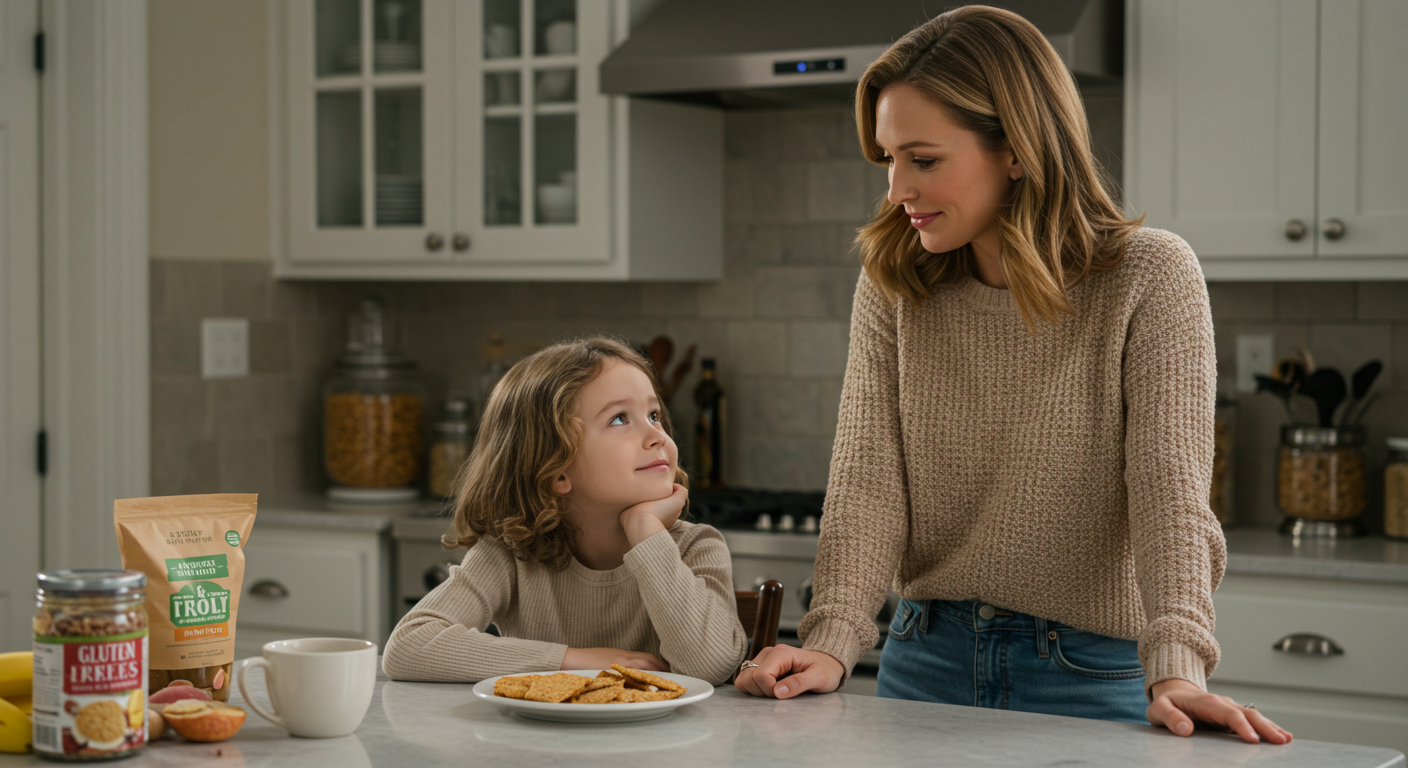
For children with coeliac disease, eating gluten can cause serious health issues, even when no symptoms appear right away. Gluten damages the lining of the small intestine, leading to malabsorption of nutrients and long-term problems if not managed properly.
Children with non-coeliac gluten sensitivity may not face the same immune response but can still experience bloating, stomach pain, fatigue, or skin issues after gluten exposure.
In either case, a gluten-free diet must be consistent and strict. That includes:
-
Avoiding obvious sources like bread, pasta, and cake
-
Avoiding less obvious items like sauces, crisps, and cereal bars
-
Preventing cross-contamination at home and school
Your child relies on you to help create a safe routine, especially in shared spaces like schools.
2. Talking to Your Child About Gluten-Free Safety
Whether your child is newly diagnosed or has lived gluten-free since toddlerhood, it is important they understand what gluten is and why it matters.
Keep it age-appropriate:
-
For younger children: “This food makes your tummy poorly. We eat different food to stay healthy.”
-
For school-age children: “Gluten is found in some foods, and it makes your body react. Even tiny bits can make you unwell.”
-
For teens: “You need to avoid all gluten to protect your health. It may feel awkward, but it is not worth the risk.”
Help build their confidence:
-
Teach them to say, “Is this gluten-free?” or “I cannot eat that because it will make me ill.”
-
Practise role-playing situations like snack time, parties, or being offered food by friends
-
Remind them that staying safe is more important than being polite
Children do not need to be scared. They just need to be informed, empowered, and supported.
3. Working With the School: What Parents Need to Do

Clear communication with your child’s school is essential. Never assume staff understand what gluten-free means, even if they are familiar with food allergies.
What to do:
-
Meet with the school early in the term. This could include teachers, teaching assistants, school nurses, kitchen staff, or the SENCO team.
-
Provide medical documentation to support your child’s dietary needs.
-
Create a simple action plan that outlines what your child can and cannot eat, and what to do in case of accidental gluten exposure.
-
Check the school lunch menu or supply packed lunches if needed.
-
Ask about food handling procedures in the canteen, especially if gluten-free options are offered.
Schools often want to help, but they need clear guidance from parents. The more proactive you are, the better the outcome for your child.
4. Building a Safe Gluten-Free Lunchbox
If your child brings a packed lunch to school, it needs to be both safe and appealing. It should be balanced, easy to eat, and able to hold up through the school day.
Ideas for a balanced gluten-free lunch:
-
Main: Gluten-free sandwich (ham, cheese, tuna), rice cakes with hummus, corn tortilla wraps, pasta salad made with gluten-free pasta
-
Snacks: Popcorn, gluten-free oat bars, veggie sticks with dip
-
Fruit: Apple slices, grapes, banana, dried fruit (check no gluten-containing coatings)
-
Extras: Yogurt pots (check label), cheese cubes, boiled eggs
-
Drinks: Water, squash, or gluten-free smoothies
Use labelled containers, avoid loose items, and check for products with certified gluten-free symbols. Rotate meals weekly to avoid boredom and keep lunch something your child looks forward to.
5. Gluten-Free Snacks for Busy School Days
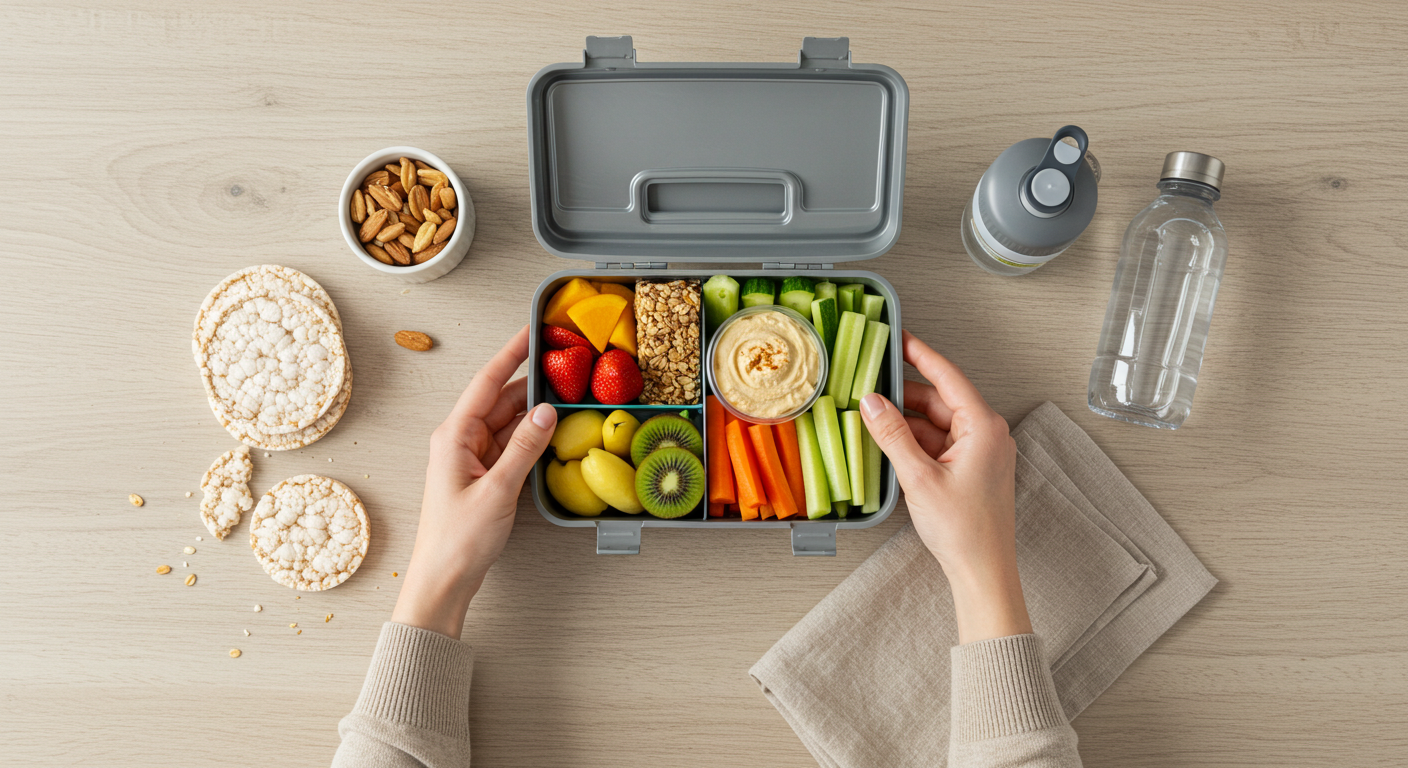
Snacks are just as important as lunch. Children get hungry quickly and need reliable fuel that will not put them at risk.
Gluten-free snack ideas:
-
Store-bought:
-
Rice cakes
-
Gluten-free flapjacks or oat bars
-
Mini packs of popcorn
-
Fruit pouches or dried fruit
-
Plain crisps (check for barley malt)
-
Organix, Nairn’s, Eat Real, and Creative Nature are good UK brands
-
-
Homemade:
-
Cheese and cucumber skewers
-
Boiled eggs
-
Homemade muffins (gluten-free flour blend)
-
Banana oat bites
-
Cold potato wedges or rice balls
-
Keep backup snacks in the school office or classroom for emergencies or unexpected events.
6. Avoiding Cross-Contamination in School Settings
Even the safest lunch can become dangerous if eaten at a messy table or near sticky hands. Teach your child how to avoid accidental contact with gluten.
Tips for reducing risk:
-
Encourage them to eat on a clean surface or use a napkin or placemat
-
Remind them not to share food or drinks with others
-
Teach them to wash hands before and after eating
-
Keep their lunchbox closed when not eating
-
Use colour-coded or labelled containers so others know it is gluten-free
Some schools allow children with allergies or coeliac disease to eat separately or supervise their meals. If needed, request extra support.
7. Managing School Trips, Parties, and Bake Sales
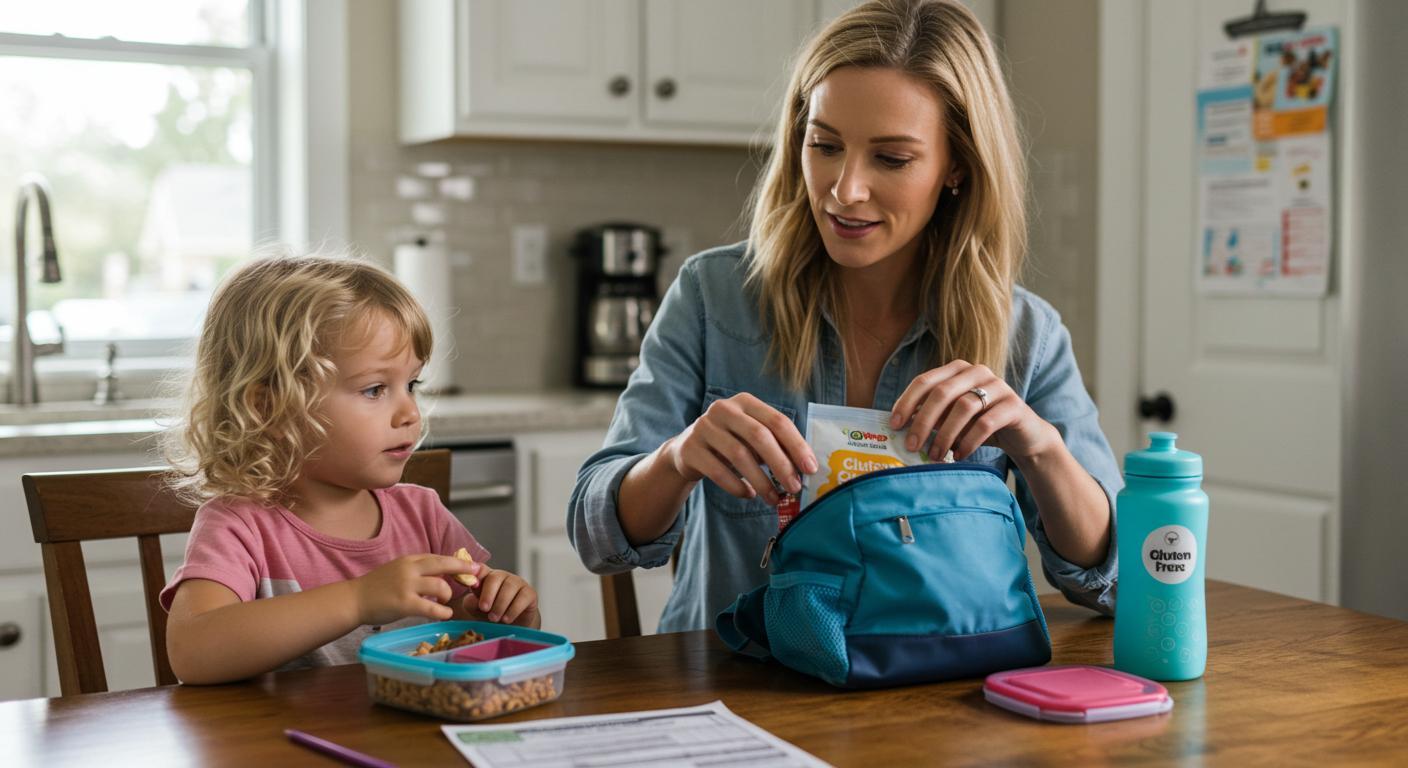
Special events can be the hardest time for gluten-free children. They may feel left out or embarrassed about eating something different.
How to help:
-
Talk to the teacher before the event to ask what food will be served
-
Send a gluten-free version of whatever is being shared (cake, snack bags, etc.)
-
Keep freezer-safe cupcakes or brownies at home for last-minute school parties
-
If the trip involves a packed lunch, send food you know your child enjoys
-
For bake sales, label gluten-free items clearly and provide a list of ingredients if contributing
The goal is to help your child feel included without putting their health at risk.
8. Supporting Your Child Emotionally
Children do not want to feel different. Being gluten-free can sometimes make them feel singled out, especially during social situations.
How to support them:
-
Reassure them that gluten-free is not weird or shameful
-
Celebrate when they make good choices or speak up for themselves
-
Help them connect with other gluten-free children through support groups or social media
-
Involve them in shopping and meal prep so they feel more in control
-
Encourage teachers to talk about food diversity in the classroom
Confidence grows when children feel prepared and supported. Remind them often that their health comes first.
9. Parent Tips for Staying Organised
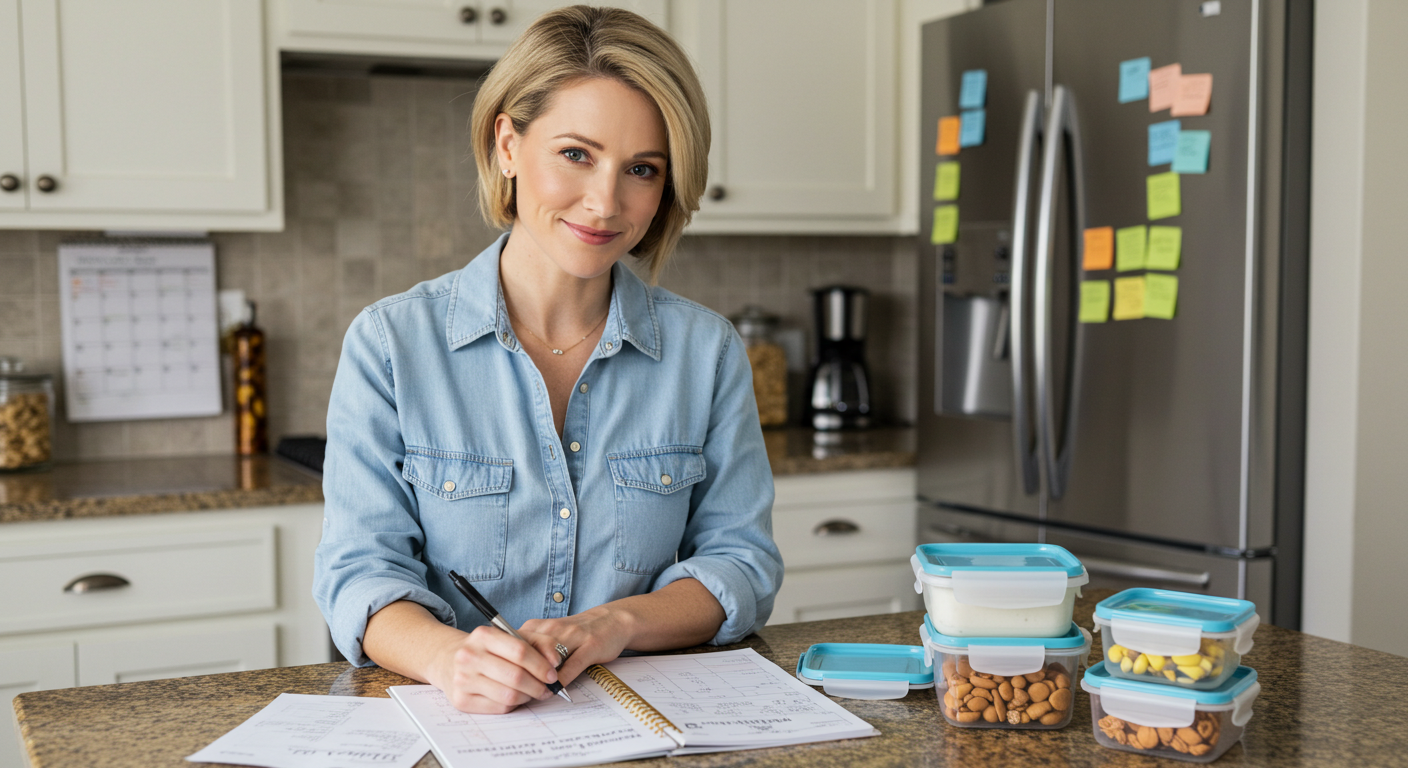
Keeping your child safe takes planning. A few small habits can make a big difference.
Organisation tips:
-
Create a weekly lunch plan to avoid last-minute stress
-
Keep a well-stocked gluten-free cupboard with lunchbox essentials
-
Prepare snack bags or bento boxes in batches
-
Check school menus regularly and ask for updates
-
Keep emergency snacks in your bag, the car, and your child’s school bag
-
Touch base with school staff at the start and end of each term
Routine helps reduce anxiety for you and your child. The more systems you have in place, the easier it becomes to manage gluten-free life day to day.
Final Thoughts: Raising a Gluten-Free Child: School Lunches and Tips for Parents
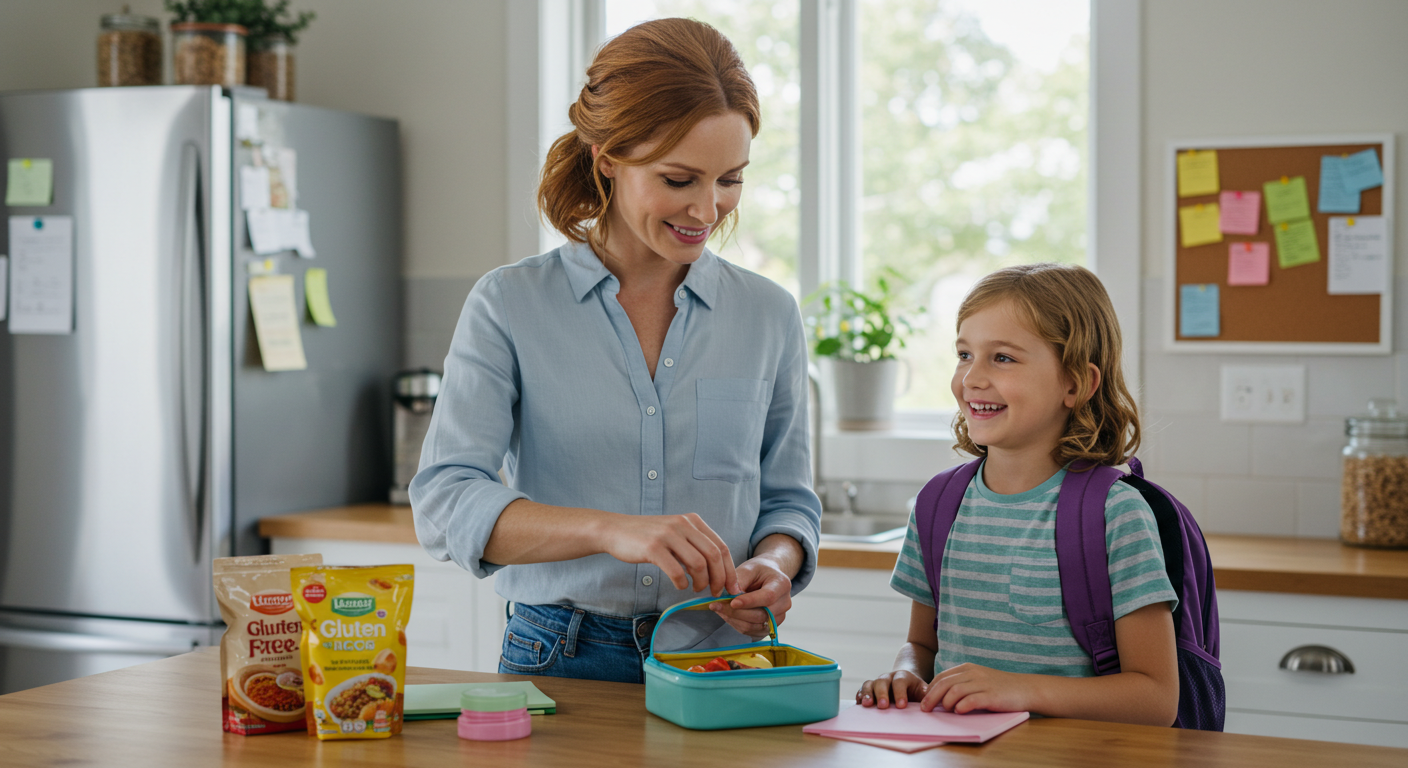
Raising a gluten-free child requires patience, organisation, and lots of clear communication. But with a little planning, your child can eat well, stay safe, and enjoy school life just like everyone else.
The key to success lies in empowering your child, building trust with their school, and keeping food fun, tasty, and safe. School lunches do not need to be a daily source of worry. With the right support, your child can grow in confidence, develop healthy eating habits, and feel fully included in every part of their day.
Whether you are new to gluten-free parenting or already well into the journey, you are not alone. Many families across the UK are managing the same challenges and finding practical, joyful ways to thrive.





